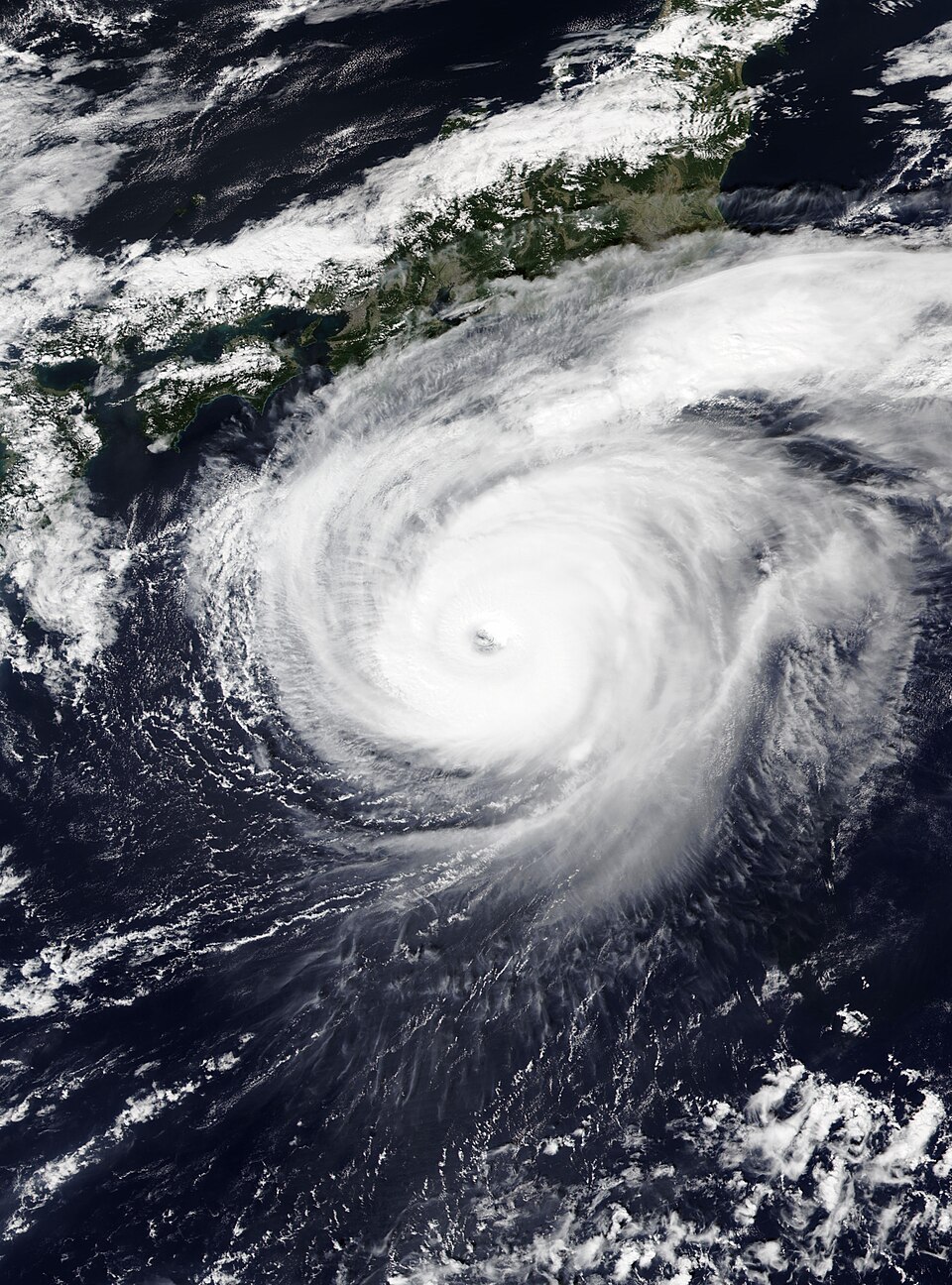
Satellite imagery of Typhoon Halong. Courtesy of the National Oceanic and Atmospheric Administration.
The University of Alaska Anchorage held its homecoming dance on Oct. 17 at the Student Union. The dance — which was set to take place at the Alaska Airlines Center — was relocated to provide shelter for evacuees displaced by Typhoon Halong.
Since Oct. 11, Western Alaska has experienced a combination of devastating winds and storm surges in wake of the typhoon. A video report from the National Weather Service in Alaska measured the speed of the storm at approximately 100 mph upon hitting the region.
Typhoon Halong was recorded reaching a maximum wind speed of 122 mph before reaching land, which is considered a category four hurricane, according to The Guardian. In the days following the initial storm, wind speeds between 30 to 70 mph are expected, as reported by Alaska Public Media.
Reporting by The Guardian stated that the villages of Kipnuk and Kwigillingok have been impacted the most, and nearly 2,000 people have been displaced from their homes. While many evacuees were originally flown into Bethel for shelter, facilities quickly reached maximum capacity.
In the main shelter near Bethel’s National Guard armory, it was reported that food supplies there were nearly depleted, according to the Associated Press.
Once the shelter closed, the U.S. Coast Guard and other emergency responders were forced to fly the remaining displaced individuals to Anchorage.
Alaska Public Media reports that an estimated 1,200 are able to reside on the UAA campus until they can be relocated. Displaced individuals are also being hosted in the Egan Center downtown.
According to the Associated Press, the typhoon brought in more than six feet of water above the normal tide levels for that region. Nearly 120 homes were destroyed in Kipnuk alone, according to the Associated Press.
One woman in Kwigillingok — a 67 year-old named Ella Mae Kashatok was found dead. Two other individuals — two men named Chester Kashtok, 41 and Vernon Pavil, 71 — were reported missing. Although authorities launched search efforts to find them, the search was eventually called off.
The Guardian reported that Alaska Gov. Mike Dunleavy declared the typhoon as a “major disaster” on Oct. 9 and requested that U.S. President Trump send federal aid to support ongoing rescue efforts.
Additionally, many people have wondered how they can contribute to the rescue efforts. An emailed statement from UAA Interim Chancellor Cheryl Siemers provided organizations that individuals can donate to.
The American Red Cross is working closely with state officials and the tribes that occupy the region hit by the typhoon.
The Alaska Community Foundation consists of many local organizations and are working diligently with one another to provide aid to the communities most heavily impacted. The World Central Kitchen is also providing support.
Alongside the typhoon, the issue melted permafrost as it also threatened the security of villages along Alaska’s coast line, according to PBS. Extreme weather events such as Typhoon Halong are a symptom of a larger shift in climate that Alaskans expect to be experiencing for years to come.